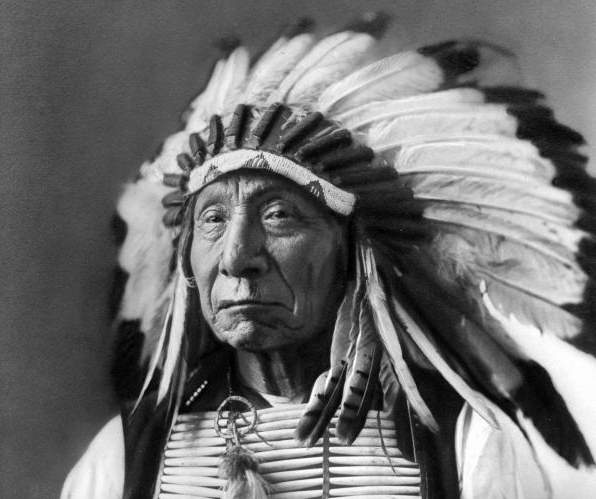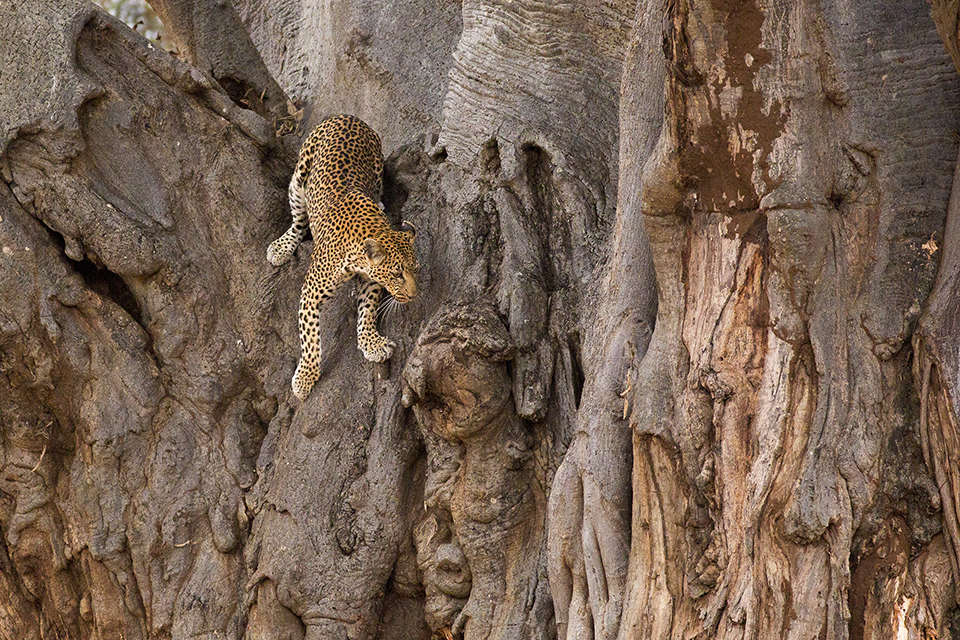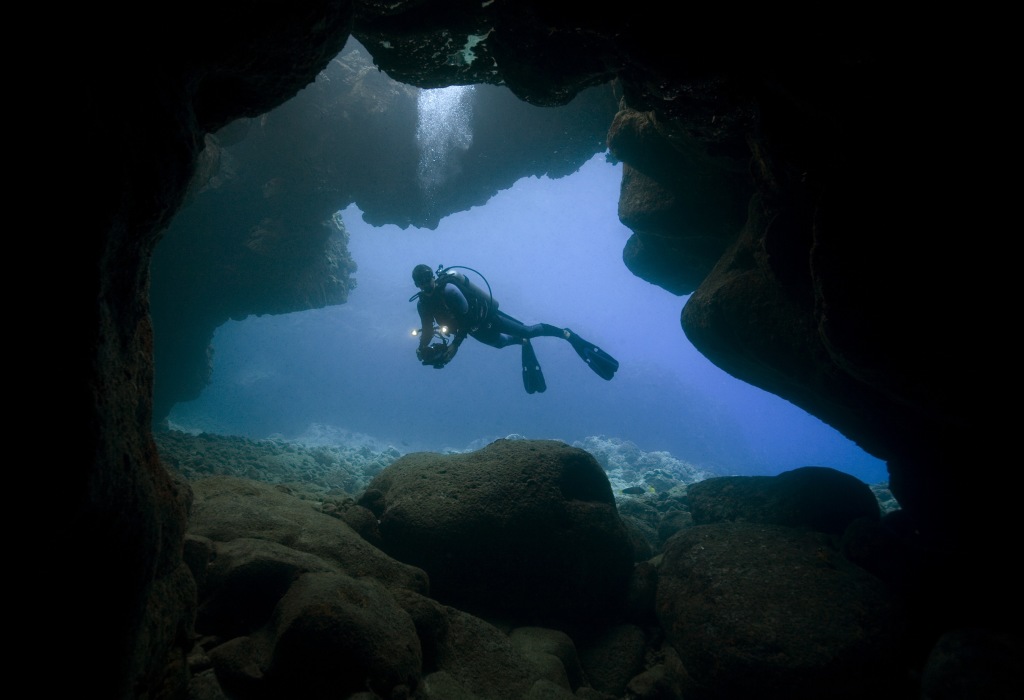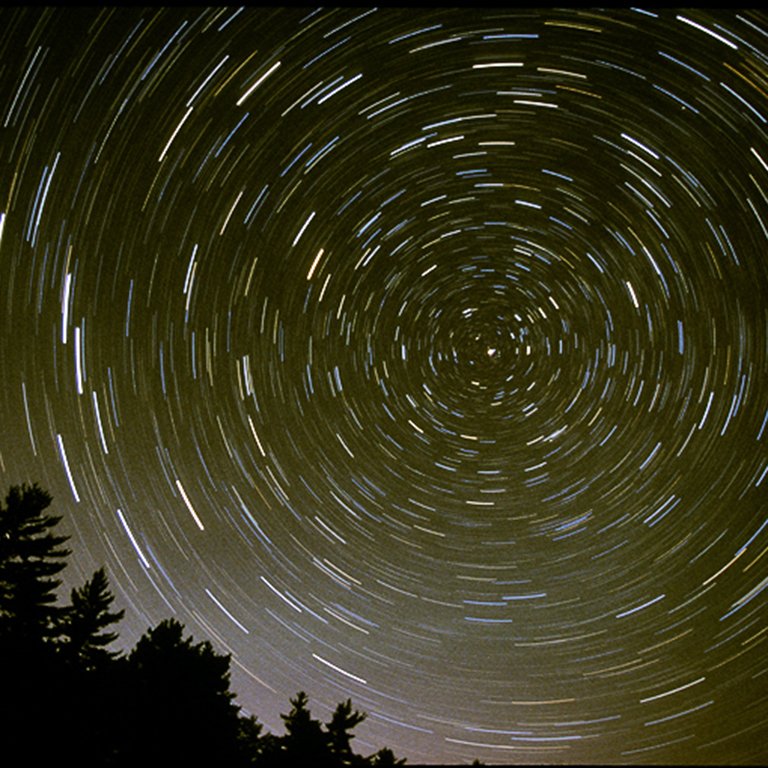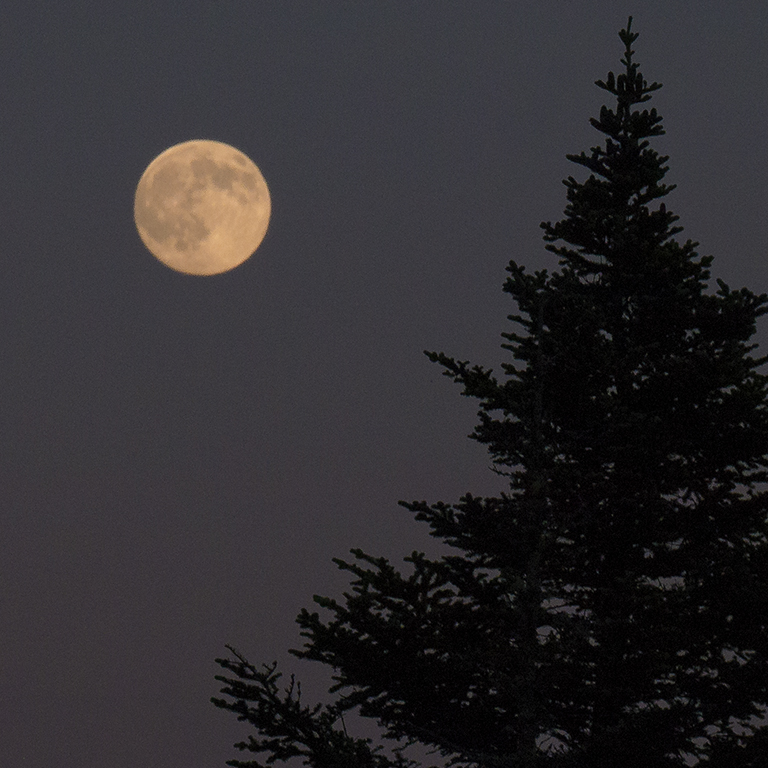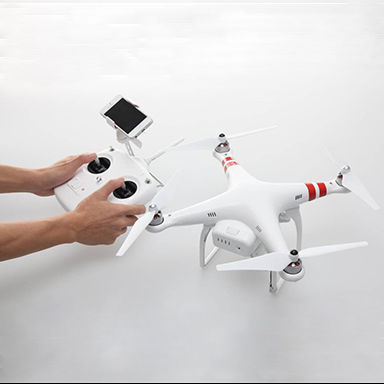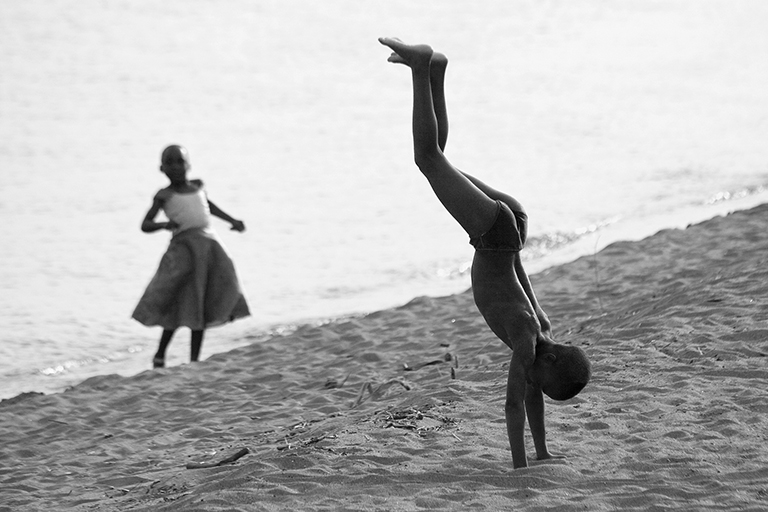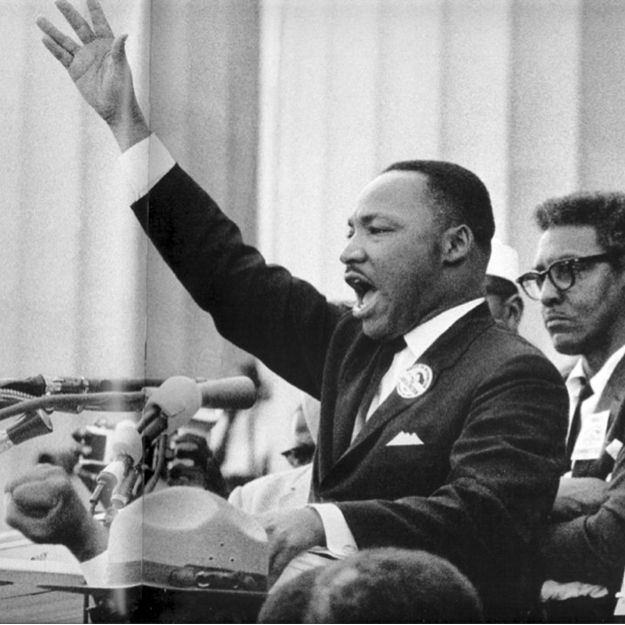Archive for 2014
Whose Land Is It Anyway?
A small bit of history to tether the current phenomena of land acquisition around the world. In 1803, the United States bought what became known as the Louisiana Purchase from…
Read MorePatience Makes For Better Pictures
I was going to call this blog “Waiting It Out”, but the term that Chris Johns, the Editor of the National Geographic and a photographer uses is “circling back”. What…
Read MoreLocal Knowledge Enhances Your Travel Photos
Many times when we are traveling we are in someone else’s control. This can be a good thing, as when we are on a vacation we are not interested in…
Read MoreStar Light, Star Bright – How to Photograph Stars
Star photography has been a long-time enigma for photographers, and it still is for cinema-photographers. We can easily see a wonderful array of millions of celestial objects on clear nights,but…
Read MoreSunrise , Sunset – How to Photograph the Sun
The previous blog concerned photographing the moon, and following this extra-terrestrial theme, here is a blog about photographing the sun. I used to say that perhaps 15% of all photographs…
Read MoreBetter Pictures When Shooting the Moon
About once a month in the evening, barring clouds, a full moon appears in the Eastern sky. The sighting inspires poets, astronomers, lovers and photographers. This blog is appropriate, as…
Read More4k Video – Many, Many “Decisive Moments”
One overarching benefit of digital technology is the ability to recreate work with complete fidelity – in other words new works are exactly the same as the original. This benefit,…
Read MoreFireworks on the Fourth – A Photo “How To”
Tomorrow will be the annual “fireworks fest” as we celebrate the country’s anniversary. Here are some quick tips on taking pictures of fireworks. 1. Put the camera on the “manual”…
Read MorePhoto Contests and Museum Submissions
Recently, I have had some success with several photo contests and acceptances for museum exhibits. Besides the price of the entry fee, entering these venues involves a bit of effort.…
Read MorePhotography and Civil Rights — Yesterday and Today
To commemorate 50 years since the passing of the Civil Rights Act, an exhibit called “The Movement: Bob Adelman and Civil Rights Era Photography” is at the Museum of Art…
Read More